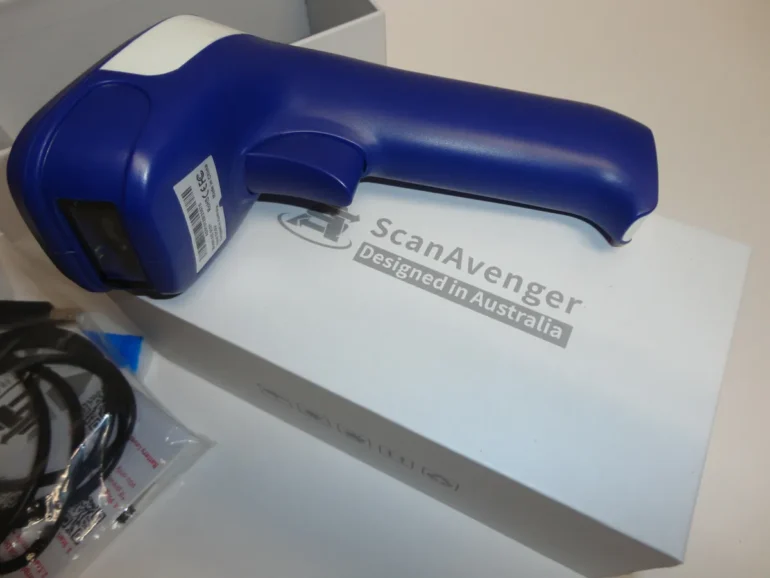In the fast-paced environment of healthcare facilities, where accuracy and efficiency are paramount, the integration of barcode scanners has revolutionized patient care. Barcode scanners play a crucial role in enhancing patient safety and streamlining workflow processes across various healthcare settings, including hospitals, clinics, pharmacies, and laboratories.
Let’s delve into how barcode scanners are transforming healthcare delivery:
- Medication Administration:
- Barcode technology ensures accurate medication administration by enabling healthcare providers to verify the “Five Rights” – right patient, right medication, right dose, right route, and right time.
- Nurses can scan the barcode on the patient’s wristband and the medication packaging to ensure they match, reducing the risk of medication errors.
- Patient Identification and Tracking:
- Barcode wristbands containing patient information, such as name, medical record number, and allergies, help in accurate patient identification.
- Scanning patient barcodes at various checkpoints throughout their healthcare journey enhances tracking and ensures continuity of care.
- Inventory Management:
- Barcode scanners facilitate efficient inventory management by automating the tracking of medical supplies, pharmaceuticals, and equipment.
- Real-time inventory data helps healthcare facilities maintain optimal stock levels, reduce waste, and minimize stockouts, ensuring uninterrupted patient care.
- Specimen Tracking:
- Barcode labeling of specimens improves accuracy and traceability in laboratory workflows.
- Lab technicians can scan specimen barcodes to track their movement from collection to analysis, reducing the risk of specimen misidentification and errors in diagnosis.
- Medical Device Management:
- Barcode labeling of medical devices enables healthcare facilities to track their usage, maintenance schedules, and location.
- By scanning device barcodes, biomedical technicians can easily access equipment information, perform preventive maintenance, and ensure regulatory compliance.
- Electronic Health Record (EHR) Integration:
- Barcode scanning capabilities integrated into EHR systems streamline documentation processes.
- Healthcare providers can scan barcode labels on medications, patient charts, and medical devices to automatically update electronic records, reducing manual data entry errors and improving data accuracy.
- Patient Safety Initiatives:
- Barcode scanning supports various patient safety initiatives, such as medication reconciliation, allergy identification, and fall prevention.
- By scanning barcodes at each step of the care process, healthcare providers can verify critical information and adhere to standardized protocols, minimizing adverse events.
- Regulatory Compliance:
- Barcode scanning aligns with regulatory requirements, such as the FDA’s Unique Device Identification (UDI) system and medication labeling regulations.
- Healthcare facilities can use barcode data to ensure compliance with regulatory standards, track product recalls, and enhance patient safety measures.
In conclusion, barcode scanners have become indispensable tools in modern healthcare, driving improvements in patient safety and workflow efficiency. By leveraging barcode technology, healthcare providers can enhance medication management, streamline operations, and mitigate risks associated with manual processes. As the healthcare industry continues to evolve, the adoption of barcode scanning solutions will remain crucial in delivering high-quality, safe, and efficient patient care.
